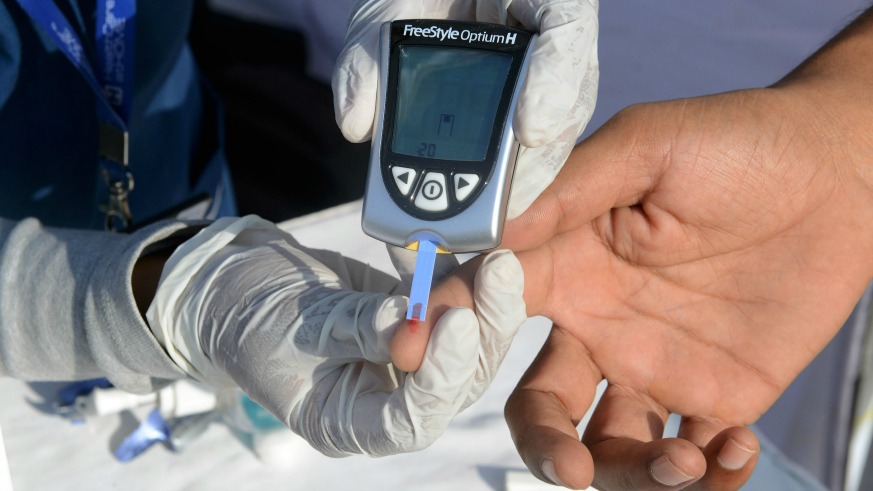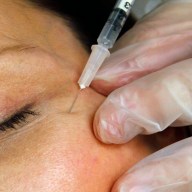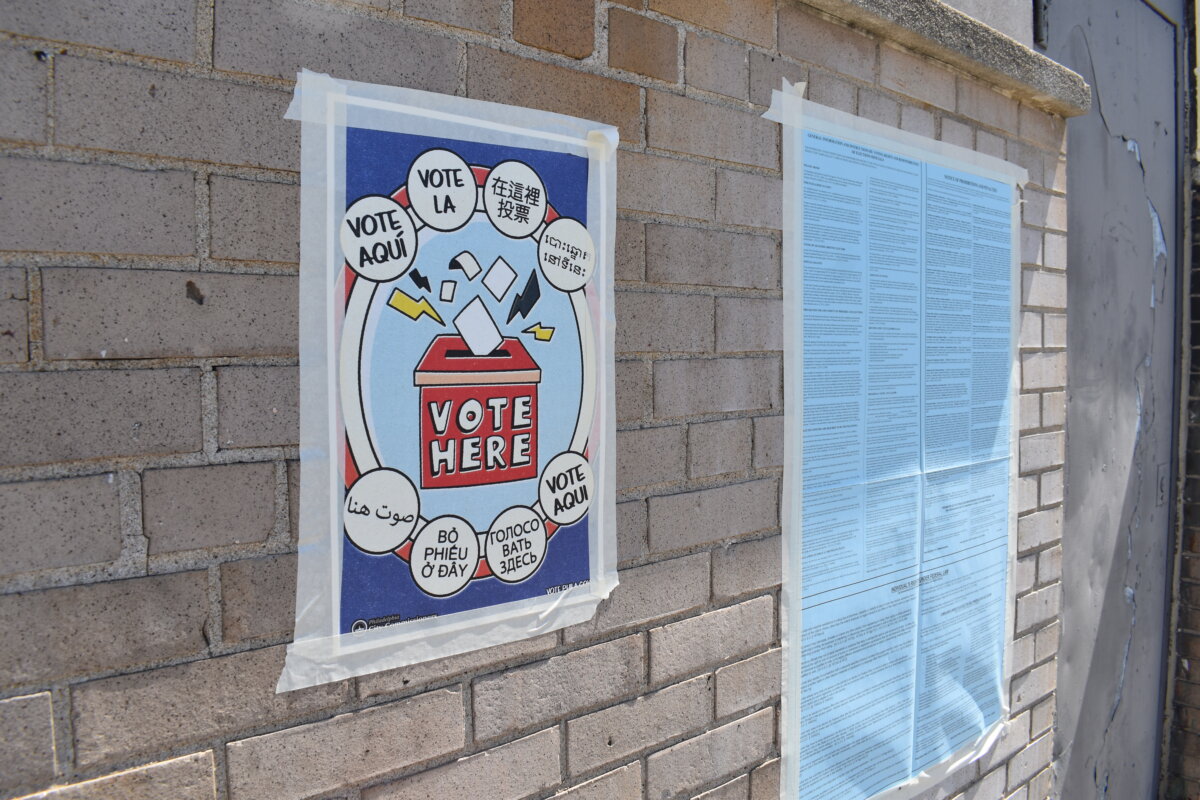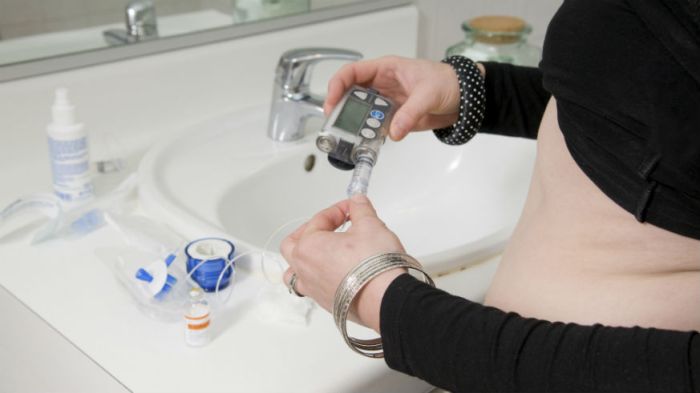“Do I have diabetes?” probably isn’t something you’ve asked yourself today — but maybe it should be. Diabetes is one of the biggest killers of Americans, but a sizeable chunk of people with the disease don’t know they have it.
A new report from the U.S. Centers for Disease Control and Prevention found that of the 30.3 million people in the U.S. with diabetes (as of 2015), 7.2 million are undiagnosed. Another 84.1 million have prediabetes, only 11.6 percent know it.
The CDC report accounts for people suffering from either chronic Type 1 diabetes — a condition that develops at a young age — or Type 2 diabetes. However, people with Type 1 diabetes only account for a small percentage of people, while Type 2 diabetes accounts for 95 percent of cases in the United States.
Why diabetes can be deadly
At the very basic level, diabetes occurs when the body doesn’t process insulin correctly, resulting in higher-than-normal levels of glucose in blood and urine. Both Type 1 and Type 2 diabetes can be regulated with medicine, but left untreated it can lead to serious — and even deadly — complications, like heart disease, kidney damage, nerve damage and more, according to the National Institute of Diabetes and Digestive and Kidney Diseases.
The signs and symptoms of diabetes
People with diabetes have it for long periods of time without experiencing symptoms.
“Symptoms may include feeling sweaty, jitters, a sense of doom, light-headedness,” Dr. Susan Spratt, an endocrinologist and assistant professor of medicine at Duke University School of Medicine, told CBS News.
Excessive thirst, dry mouth and extreme fatigue are also warning signs. “If someone doesn’t have a diagnosis of diabetes and is feeling these things, they should get screened,” added Dr. Spratt.
Can you reverse Type 2 diabetes?
Research shows that lifestyle can play a role in reducing the effects of diabetes.
According to the American Diabetes Association, you can reduce the effects of diabetes by combining proper treatment with weight loss (losing at least 10-15 percent of your body weight can help), along with 30 minutes of physical activity a day.
Those same lifestyle changes can also reduce your risk for developing diabetes.
How to get tested for diabetes
Any diabetes testing — no matter if you’re showing symptoms or not — must be given through your doctor. An A1C blood test is one of the most common ways to measure your blood sugar average. An A1C of 6.5 percent or above is considered diabetic, with prediabetes coming in between 5.7 and 6.4 percent. Normal levels are under 5.7 percent.
Your doctor could opt for a fasting blood sugar test or an oral glucose tolerance test, depending on your situation.
And make diabetes testing a semi-regular thing, even if you don’t think you’re at risk.
“The main thing about early diabetes is that you can have abnormal blood sugar for quite some time and be fairly asymptomatic,” Dr. Spratt told CBS News.


















